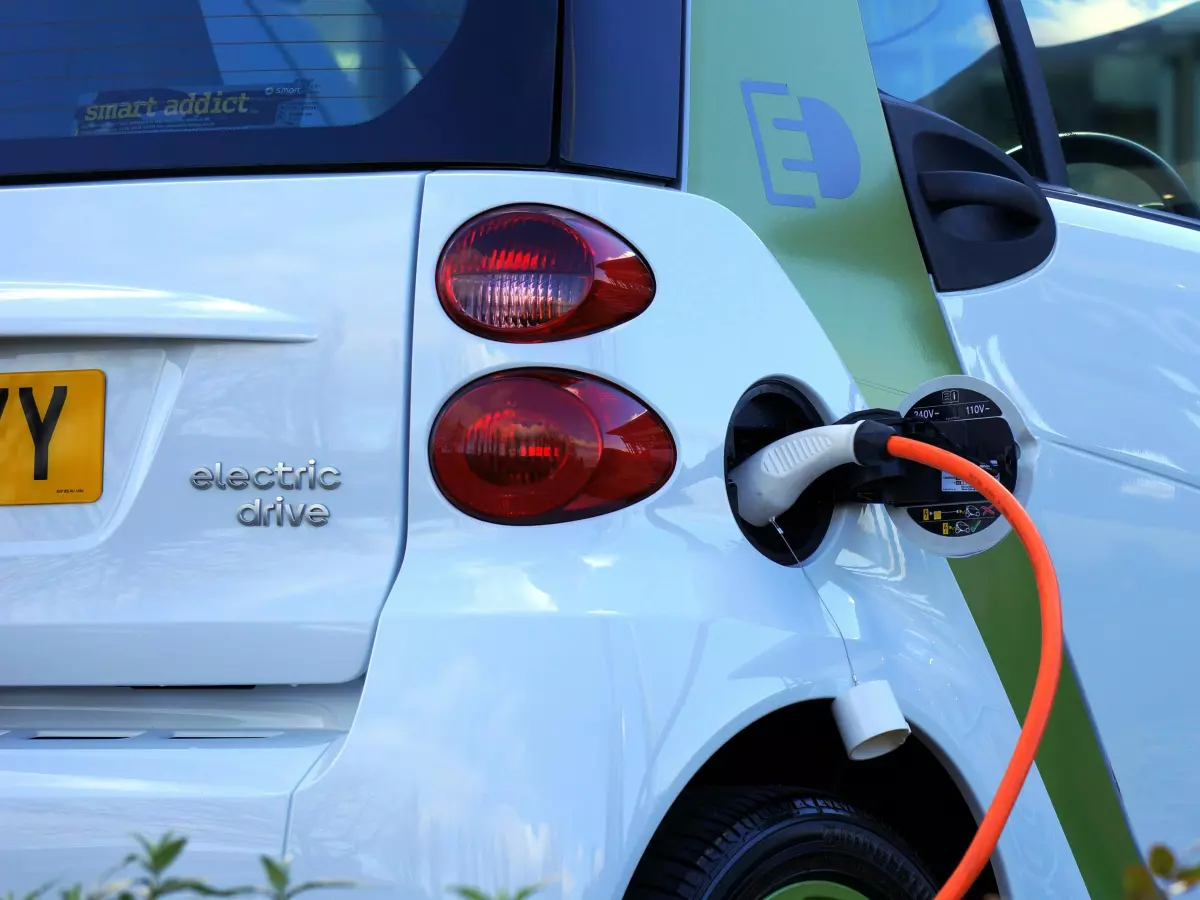Extreme Weather and EVs
Did you know that EV batteries can lose up to 40% of their range in freezing temperatures? Yeah, that’s a huge deal, especially if you live in places where winter feels like a Game of Thrones episode. But what’s even more fascinating is how EV battery software steps in to save the day.

By Marcus Liu
Let’s face it: extreme weather is the ultimate test for electric vehicles. Whether it’s scorching heat or bone-chilling cold, EV batteries have to work overtime to maintain performance. And here’s where the magic happens—your EV’s battery software. This unsung hero is constantly monitoring, adjusting, and optimizing your battery’s performance to ensure you don’t end up stranded in a snowstorm or overheating on a desert highway.
So, how does it all work? Well, EV battery software is designed to adapt to changing environmental conditions. For example, in cold weather, the software will precondition the battery before you even start driving. This means it warms up the battery to an optimal temperature, ensuring that it can deliver the power you need without draining too fast. On the flip side, in hot climates, the software manages cooling systems to prevent overheating, which could lead to permanent battery damage.
Cold Weather: The Silent Range Killer
Let’s dive deeper into cold weather, which is notorious for zapping EV range. When temperatures drop below freezing, the chemical reactions inside the battery slow down, reducing its ability to hold a charge. But here’s where your EV’s software comes to the rescue. By preconditioning the battery, the software ensures that it’s warm enough to function efficiently, even in sub-zero conditions. This can make a significant difference in how far you can drive on a single charge.
Preconditioning isn’t just about warming up the battery, though. It’s also about optimizing energy use. The software will prioritize heating the cabin and defrosting windows, but it does so in a way that minimizes the impact on your overall range. It’s like having a personal assistant that’s always thinking ahead, making sure you’re comfortable without sacrificing too much battery life.
Heat: The Silent Battery Killer
Now, let’s talk about heat. High temperatures can be just as brutal on your EV’s battery as the cold. In extreme heat, the battery’s chemical reactions can speed up, leading to overheating and, in some cases, permanent damage. But once again, your EV’s software is on the case. It manages the cooling systems, ensuring that the battery stays within a safe temperature range. This not only protects the battery but also helps to maintain its long-term health.
In some cases, the software will even limit the amount of power the battery can deliver to prevent overheating. This might mean a slight reduction in performance, but it’s a small price to pay for avoiding a costly battery replacement down the road. Plus, most drivers won’t even notice the difference in everyday driving conditions.
What’s Next for EV Battery Software?
As EV technology continues to evolve, so too will the software that manages battery performance. We’re already seeing advancements in machine learning and AI that allow the software to predict and adapt to weather conditions more accurately. In the future, your EV might even be able to adjust its settings based on real-time weather data, ensuring that you get the best possible performance no matter what Mother Nature throws your way.
So, the next time you’re driving through a snowstorm or baking in the summer heat, remember that your EV’s battery software is working behind the scenes to keep you moving. It’s the unsung hero of the electric vehicle world, and it’s only going to get smarter from here.





